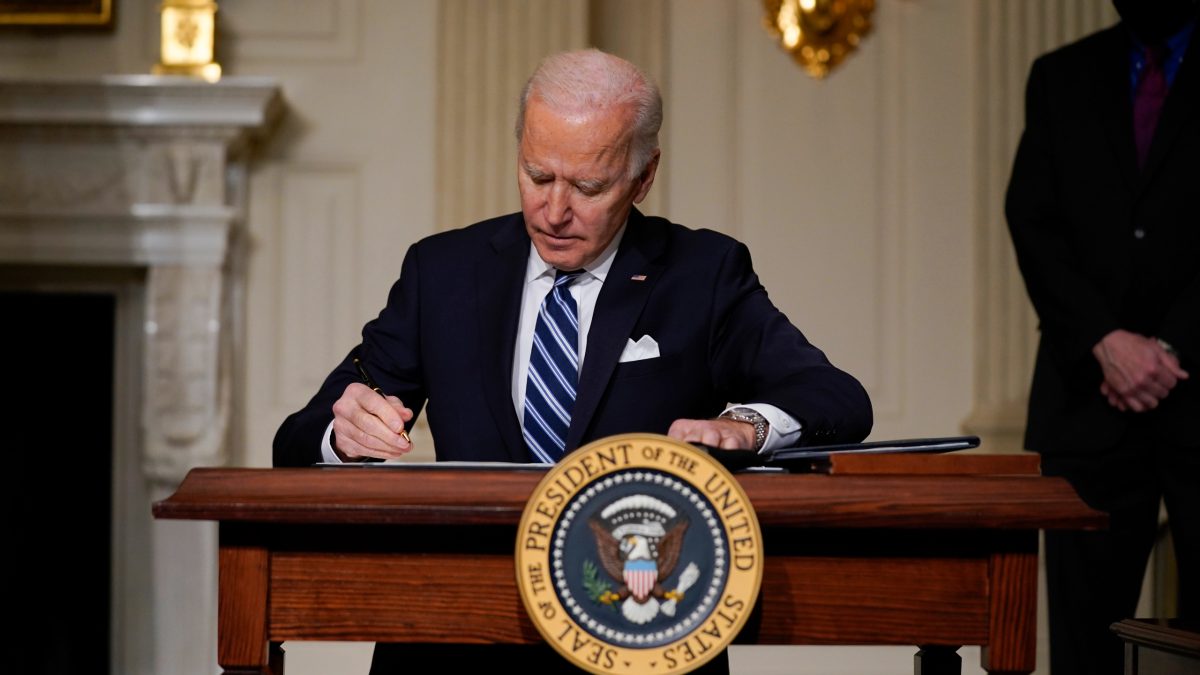After almost two years of contentious campaigning in what is considered one of the most negative elections in America’s history, our nation has a new President. Donald Trump, a billionaire with no previous political experience, will serve as our 45th President of the United States.
To the surprise of most pollsters, Trump beat media expectations yet again by gaining unexpected victories in several states. For instance, Wisconsin, Michigan, and New Hampshire, states that have held as solidly Democratic states for decades, polled in Trump’s favor for most of the night. Ohio, a state that has consistently voted for the winner for the last forty years, was handily won by Trump early into the evening. Meanwhile, Florida held a tight tie for most of the night until votes from several conservative northern counties were counted, earning Trump a late night victory. Even Pennsylvania, whose results favored Clinton until the end of November 8, slowly turned red past midnight. These victories certainly worried the Clinton campaign throughout the evening and put Trump at an unforeseen electoral vote advantage, forcing analysts to consider scenarios that two weeks ago were seen as foolish. Of course, this is exactly what the Trump campaign said would happen all along: a repeat of the primary elections.
The results have left many Democrats scratching their heads. Clinton was projected to have 260 safe electoral college votes by a number of media outlets, meaning that a Democratic victory only required one or two swing states. Instead, Trump managed to attract reliably blue states while commanding victories in swing states like Florida, decimating Clinton’s lead. Not only would a Clinton Presidency have lost its mandate with voters, but the fact that Republicans have retained control of both chambers of Congress means that a Clinton Presidency would have been crippled nonetheless. International markets reacted similarly to Trump’s performance, with the Dow Jones dropping over 500 points and gold prices surging due to investor fear over the uncertainty of Trump’s proposals.
Meanwhile, an online poll conducted by The Vector indicates that the undergraduate student body overwhelmingly prefers Clinton to Trump. The poll, which was sent by email to over 1,800 NJIT students and filled over by over 280 of them, was composed of four questions designed to uncover the political preferences of our fellow students. As indicated in the corresponding charts, 74% of polled students had plans to vote and 52.7% of them favored Clinton. Following the national trend, the poll also indicated that NJIT students are incredibly dissatisfied with their options for the presidency; on a question that asked students to rate their satisfaction from a scale from one to ten, 71.3% of students rated their satisfaction as a four or lower, with 28.5% of students choosing one as their answer. However, the most interesting takeaway from the poll is the remarkable popularity of Democratic Candidate Bernie Sanders, who managed to win the hearts of over 50% of polled students. This suggests then, that while NJIT students are willing to vote to Clinton, they are perhaps only doing so begrudgingly and would much rather support a Sanders nomination.
Looking back, this has been a contentious election that managed to deeply divide our nation. With our new government, hopefully America can truly be great again.


































